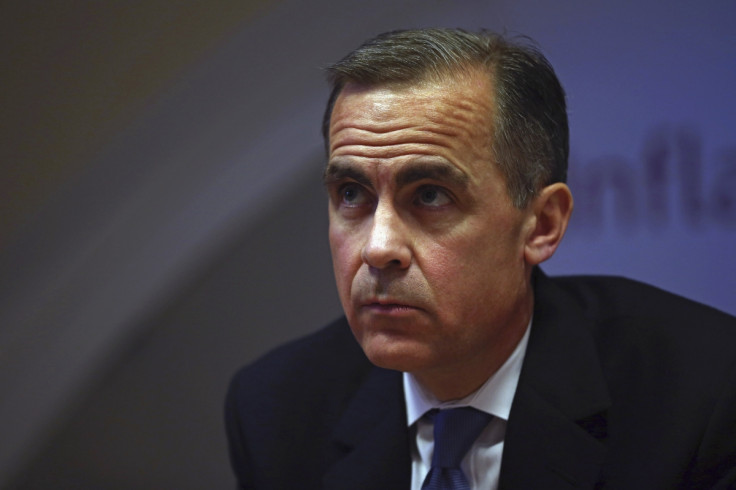UK Interest Rates Hike: Beware the Mortgage Prisoner Problem

Bank of England Governor Mark Carney has expressed concerns about the dangers of another "big debt overhang" building up as house prices continue to rise and approvals for large mortgages increase. He is right to be concerned, and his intervention is a further reminder of how we need to ensure we don't sleepwalk into another financial crisis.
Regulatory approaches to the mortgage market, including the recent Mortgage Market Review (MMR), have focussed overwhelmingly on fixing the flow of new borrowers – that is, trying to make sure only those who can afford one get a mortgage – but there has been less attention paid to existing mortgage borrowers.
Our new research has shown some borrowers are likely to face problems as interest rates rise. The assumption is that gradual rate rises, income growth and access to a competitive mortgage market will mean that most can navigate the expected 'tricky period'.
However, prospects for real-term income growth don't look particularly promising for many.
Even if rates do no more than follow the path currently expected of them, then our analysis has shown that one-in-four mortgagors – 2.3 million households – could be spending a third of their disposable incomes on mortgage repayments by 2018. This would push them over the standard affordability threshold, leaving them 'highly geared'.
This is worrying, but doesn't mean that one-in-four mortgagors won't be able to cope. Many will have the resources to ride out the rise in repayments and many will be able to find new mortgage deals, typically refinancing by moving on to fixed deals – providing certainty about their future payments.
For those who face an unaffordable future but are not in a favourable position for re-financing, such options might be off the table. We estimate that a third of the highly geared households we identify – 770,000 – will not only face unaffordable repayments but are also 'mortgage prisoners'. Members of this group may have no option but to stick with their lender's standard variable rate, which will rise alongside the Bank's base rate.
Across the UK, many in this most vulnerable group are at the lower end of the income distribution, giving them little leeway to deal with rising mortgage costs.
Dealing with the wider problem of affordability is likely to require a range of solutions, from treading easy on rate rises, to starting conversations with borrowers about planning for rising costs. For some, it will mean ultimately looking at mechanisms for leaving the housing market altogether.
In order to address the more specific potential mortgage prisoner problem, two steps are required: releasing prisoners where possible (by providing a choice of other options, such as a fixed rate deal that would prevent monthly repayments rising along with the interest rates) and protecting them when a re-negotiation of terms is not possible.
There is still a window of opportunity to think creatively about the best way of reducing the risk to this vulnerable group while we still have ultra-low interest rates. But that era is coming to an end relatively soon and the legacy of easy credit and the associated debt-overhang still has to be reckoned with. Financial institutions and policy-makers must consider now how best to minimise the scale of the adjustment problems these families face when interest rates start to return to normal.
Matthew Whittaker is Chief Economist at Resolution Foundation. Mortgaged Future is part of a year-long project to be published in June by Resolution Foundation that investigates the UK's high level of household debt and how to manage it when interest rates start to return to normal.
© Copyright IBTimes 2025. All rights reserved.





















